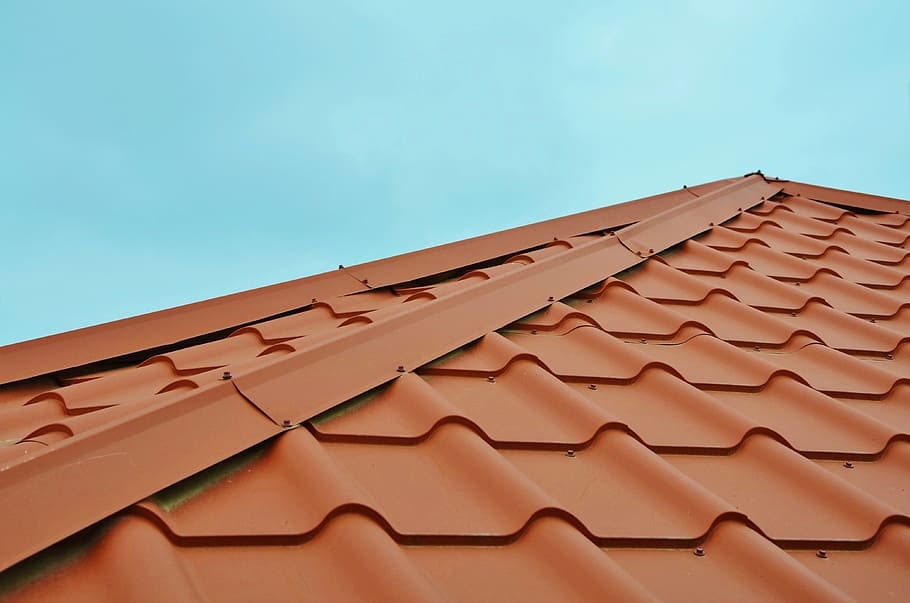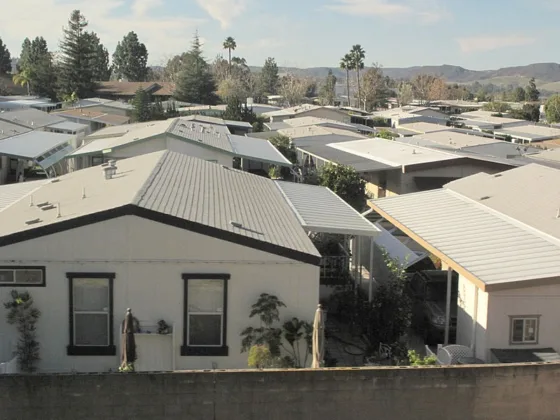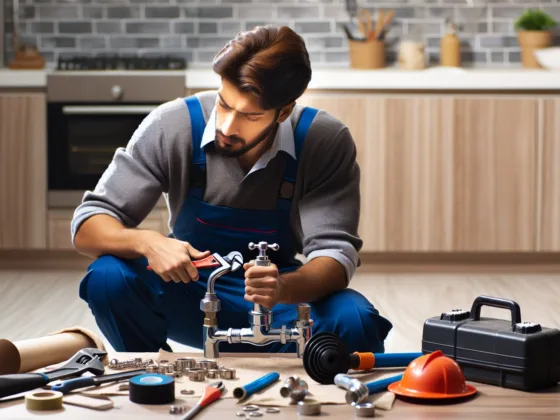It’s not a secret that roofing is one of the most important aspects of any home.
Roofs protect us from the elements and help keep our homes nice and cozy. If you have never had to deal with a leaky or damaged roof, it can be difficult to know what tips might come in handy.
Here are six roofing tips for homeowners that you may not have known about:

Check Your Roof for Leaks and Damaged Spots
The first tip is to go around the outside of your house and inspect it for leaks or damage.
If you notice a leak, make sure that you are aware of where the water trail leads so that if there’s a break in your roof, you can find it quickly and get help with repairing it before too much more damage has been done!
If your roof is damaged, you’ll want to contact a professional for assistance with patching it up.
Roofers can usually come out and do small repairs on-site or bring necessary materials over depending on the severity of the damage done.
If there are damages that cannot be repaired, then replacing the entire roof will be needed!
Replace Any Cracked or Broken Shingles
A cracked or broken shingle can cause leaks, and you’ll want to replace it as soon as possible.
There are many ways that a shingle could break, but the easiest way is if it’s been hit by something falling from your roof (like a tree branch).
When replacing them, make sure you’re using nails with flat heads so they won’t be easily removed.
If at all possible, use screws instead of nails because they work much better for holding onto the wood and will need less maintenance in the future since they don’t rust as metal does!
You also might want to take extra care when installing new shingles on top of old ones because this may cut into any remaining life left in those old pieces.
Make sure you’re using a razor or utility knife to cut the shingles that are on top so they don’t all rip and start falling off!
If your roof is leaking, then there’s likely some issue with the flashing. It could be missing pieces; it could have been pulled away from the wall as well.
If this is happening, make sure you replace them once more so water can’t get inside of your home anymore.
Read Also:
Clean the Gutters to Avoid Clogs That Can Cause Water Damage
Gutters are important because they can help catch debris before it gets into the roof and creates a clog.
Clogs like this are much more common during rainstorms when leaves and other bits of yard waste accumulate in your gutters, so make sure you clean them out regularly to avoid water damage! Gutters if not cleaned regularly can also lead to more water damage.
You could try using a broom and/or leaf blower, or even just your hose for this task.
A lot of people choose not to clean their gutters because they think it’s too time-consuming – but in actuality, you should be checking them out about once every two weeks or so! If you’re taking care of the other parts of roof maintenance on your house (among many others), then there really is no reason why you shouldn’t take some time each month to maintain these as well.
If leaves are coming down from trees near your home and getting into the gutter system that leads towards the backside of your home, make sure those trees aren’t close enough where they can’t be maintained or cut down.
In order to stop water from getting into your walls, it’s very important for the gutters and roofing material at a minimum of one foot away from the house itself.
Make Sure Your Attic Insulation is in Good Condition
An attic is a place where heat and cold can escape from your home into the outside world. Consider Seattle attic cleaning for the best service if you’re live in the Settle.
Insulation will make it more difficult for those to get through, thus keeping you warmer in winter months and cooler in summer months!
If you’re noticing condensation or mold on the windowsills of your home (especially during colder seasons), then this is an indication that there could be a leak somewhere inside your attic insulation.
It’s best to havea roofing expertcome out and take a look at these spots as soon as possible so they don’t compromise the integrity of other parts of the roofing material around them.
Energy efficiency can also be achieved by improving the ventilation process within attics themselves.
This kind of thing might not seem like much when you’re working with air conditioning, but a lack of ventilation can cause problems with the roofing material and make it wear down quicker.
And finally, as you’re taking care to maintain your home’s interior environment for more peace of mind, don’t forget about what is going on outside in our weather! Roofs often have large gaps which allow rainwater to pour into them during wet seasons when heavy precipitation occurs.
It’s important that your shingle roofs are sloped away from any potential leaks so that no water collects there in the first place- especially if they aren’t working properly or need some fixing up.
Seal the Flat Roof with Tar
If you have a flat roof, make sure it has been properly sealed with tar or another sealant, which should be done every few years.
This will help to keep it from leaking and prolong its life span, saving you money on roof repairs in the long run.
Flat roof repairs are not cheap, so it’s best to take preventative measures as soon as any leaks or cracks start to form.
A few other things you must do for flat roofs make sure that they have adequate ventilation and that the flashing seals on the seams of your roofing tiles are in good shape.
If you spot a leak from around this area, use some silicone sealant until the issue can be fixed by a professional.
One last thing: get rid of all nearby trees- branches hanging over your roof will eventually damage its shingles!
Keep an Eye on Your Skylight
Keep an eye on your skylight – if there are any cracks, replace them as soon as possible to prevent problems from getting worse.
If you need to replace your skylight, make sure that the new one is of the proper size.
Too small and it won’t let in enough light; too big and there will be leaks around the frame as well as a lot of wasted energy from not opening it all the way up!
Lastly, if possible, use a low-E glass for your window panes instead of regular windows.
Low-e transmittance keeps heat inside while still allowing sunlight through – this can help with heating bills during our cold winters.
Keep an eye on your roofing shingles – if they are old or worn down then you may have some issues coming soon.
Flat roofs require more upkeep than sloped ones: You’ll want to check all the pipes annually and make sure there are no leaks or cracks.
Finally, if you’re having a hard time keeping up with your home’s exterior – set aside some time to tackle it! It doesn’t take long for clutter on your roofing shingles to turn into major issues with mold and other pests.
When in doubt, call a professional contractor that specializes in this sort of work!









